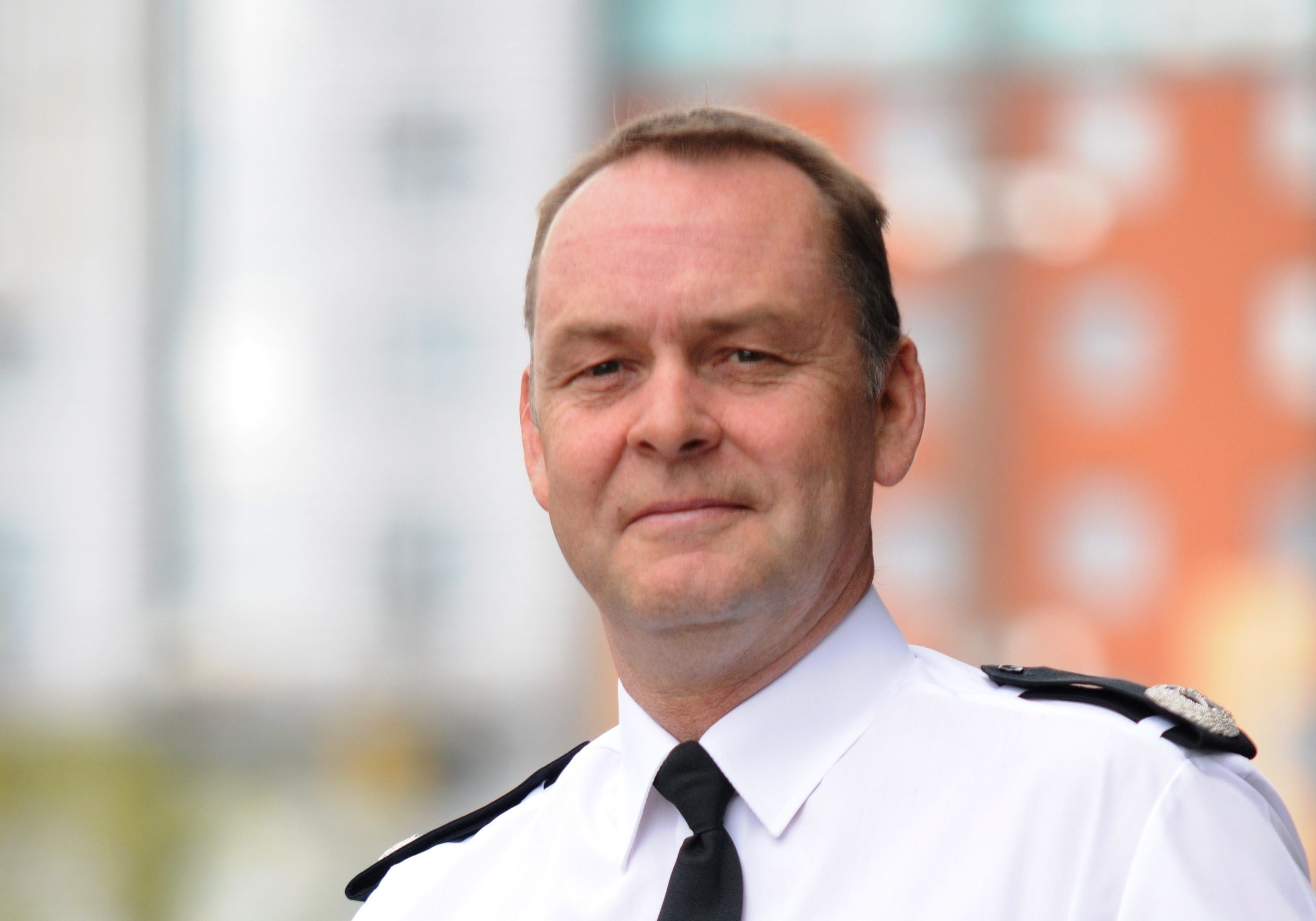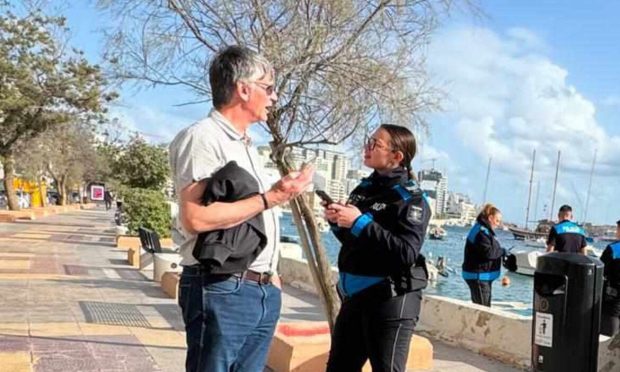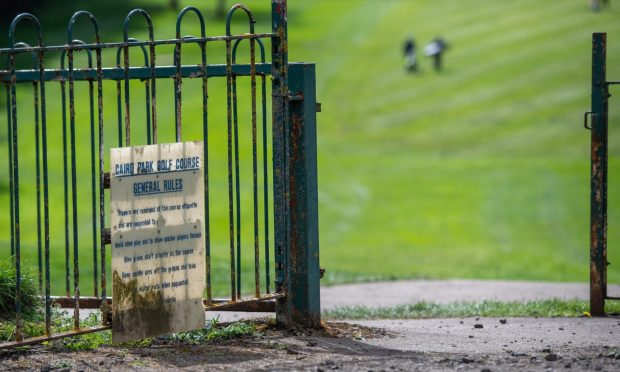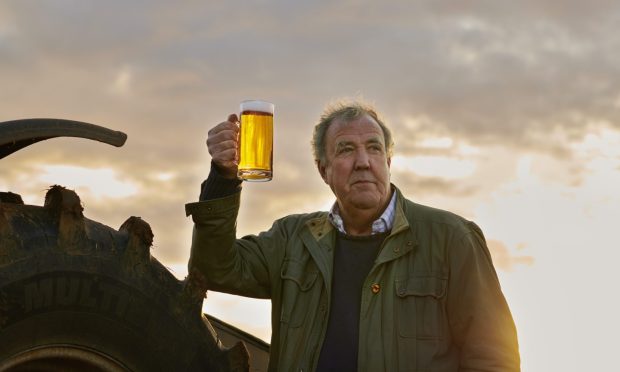The number of vulnerable adults reported to protection agencies in Dundee by police doubled to more than 2,300 in just two years.
In the Adult Support and Protection Committee’s biennial report, it is revealed that police made 2,305 referrals between 2014 and 2016 compared to just 1,161 in the preceding two-year period.
The committee works with a range of services, such as social work, to prevent adults in Dundee from harm, whether financial, emotional or physical.
The number of referrals made to it has nearly trebled from 2010 to 2012, when just 952 were made.
In total, 2,305 referrals were made between 2014 and 2016 compared to 1,457 in the previous two-year period.
However, of these referrals just 188 – seven per cent – were taken forward under adult protection legislation.
In his introduction to the report, committee convener Colin McCashey, the former head of Tayside CID, said he believes police are now referring more cases rather than the number of vulnerable adults in Dundee increasing.
He said: “My professional judgement tells that it would be unreasonable to conclude that police officers, in the normal course of their duty, are coming into contact with 99% more vulnerable people than was previously the case.
“I believe that it is more likely that police are now referring cases which were previously not referred.
“It therefore follows that the big increase is more about process than people. That said, I would not wish to undermine the challenge faced by officers, often in very difficult circumstances, who simply seek the appropriate assistance from relevant agencies.”
He added: “While I would not set out to stifle referrals, I would wish to ensure that referrals are necessary and appropriate.”
The report also shows that most referrals, for adults under and over 65 years of age, were for self-harm. There was a combined number of 2,055 referrals for both age groups.
One in five referrals of the 797 referrals for people over the age of 65 were for allegations of harm by an employed carer, family member of stranger.
The number of allegations of harm by a carer fell from 76 between 2012 and 2014 to 56 in 2014 to 2016.
During the two years of the report, Dundee City Council’s social work department has had to take out six banning orders to protect two individuals.
One of the victims has a learning disability and is being protected from physical abuse while the second has a physical disability and is being protected from emotional and psychological harm.
The report also makes a number of recommendations for the committee, including improving information sharing with GPs and that Dundee Health and Social Care Partnerships and Police Scotland work together to manage screening and police referrals.
The report will go before the Dundee City Health and Social Care Integration Joint Board on Tuesday.










